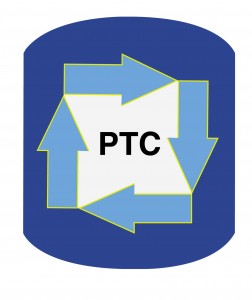Tetralkyl ammonium salts are typically prepared by reacting a trialkylamine with an alkyl bromide. The reason is that when reacting trialkylamines with alkyl chlorides that have 2 or more carbon atoms (ethyl halide and higher), the amine usually acts primarily as a base that dehydrochlorinates the alkyl chloride to form an alkene and the amine hydrochloride. For example, while it is easy to prepare tetrabutyl ammonium bromide from tributylamine and butyl bromide in acetonitrile, one cannot prepare tetrabutyl ammonium chloride from tributylamine and butyl chloride since dehydrochlorination of butyl chloride dominates over substitution.
A patent was issued recently [Anbanandam; P. (Agency for Science, Technology and Research) US Patent 10,995,220, 04-May-2021] that successfully prepares hydroxyethyl quat salts from ethanolamine derivatives and alkyl chlorides or alkyl dichlorides such as 1-chlorododecane, 1,10-dichlorodecane and 1,4-dichlorobutane. All of these alkyl chlorides contain beta-hydrogen atoms and could undergo elimination in principle, but they appear to quaternize instead of dehydrochlorinate.
N-methyldiethanolamine was quaternized with 1.02 equiv 1-chlorododecane at 100 C for 42 hours in the absence of solvent to afford N,N-bis(2-hydroxyethyl)-N-methyl dodecyl ammonium chloride in 88% yield as a waxy solid.
N,N-dimethylaminoethanol was reacted with 1,10-dichlorodecane at 80 C for 4 hours in the absence of solvent to afford the corresponding bis-quat salt in 64% yield.
N,N-dimethylaminoethanol was reacted with 1,4-dichlorobutane at 80 C for 30 minutes in the absence of solvent to afford the corresponding bis-quat salt in 69% yield.
In all cases, quaternization did not occur at room temperature and proceeded well at 80 C-100 C
The inventors did not prepare these quat salts to be used as phase-transfer catalysts. These hydroxyethyl quat salts and bis-quat salts, including quats with benzyl groups, were reacted with diisocyanates to form polyurethanes that were in turn found to be effective as anti-fouling agents for marine applications. The quat groups impart biocidal properties to the polyurethanes, especially those containing benzyl groups.
The reason that we highlight here the alkyl chloride alkylating agents and not the benzyl chlorides is the surprising avoidance of dehydrochlorination that is not possible with the benzyl halides.

